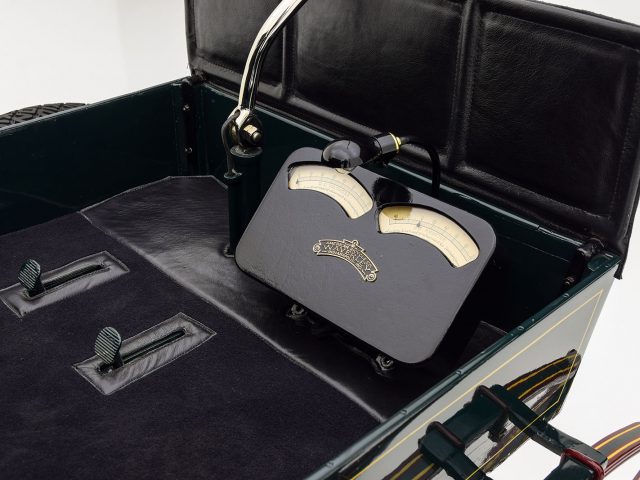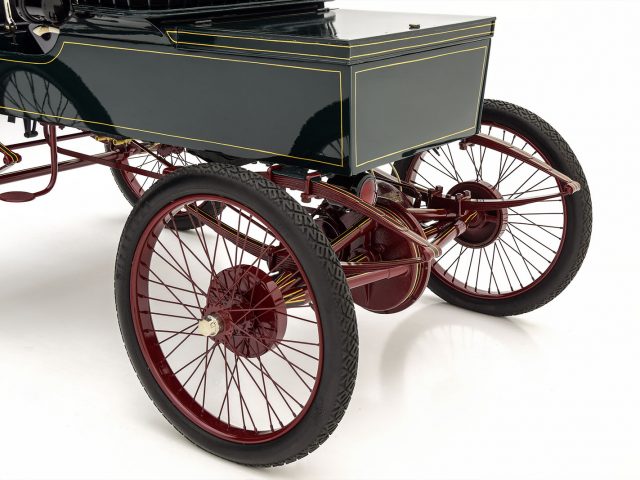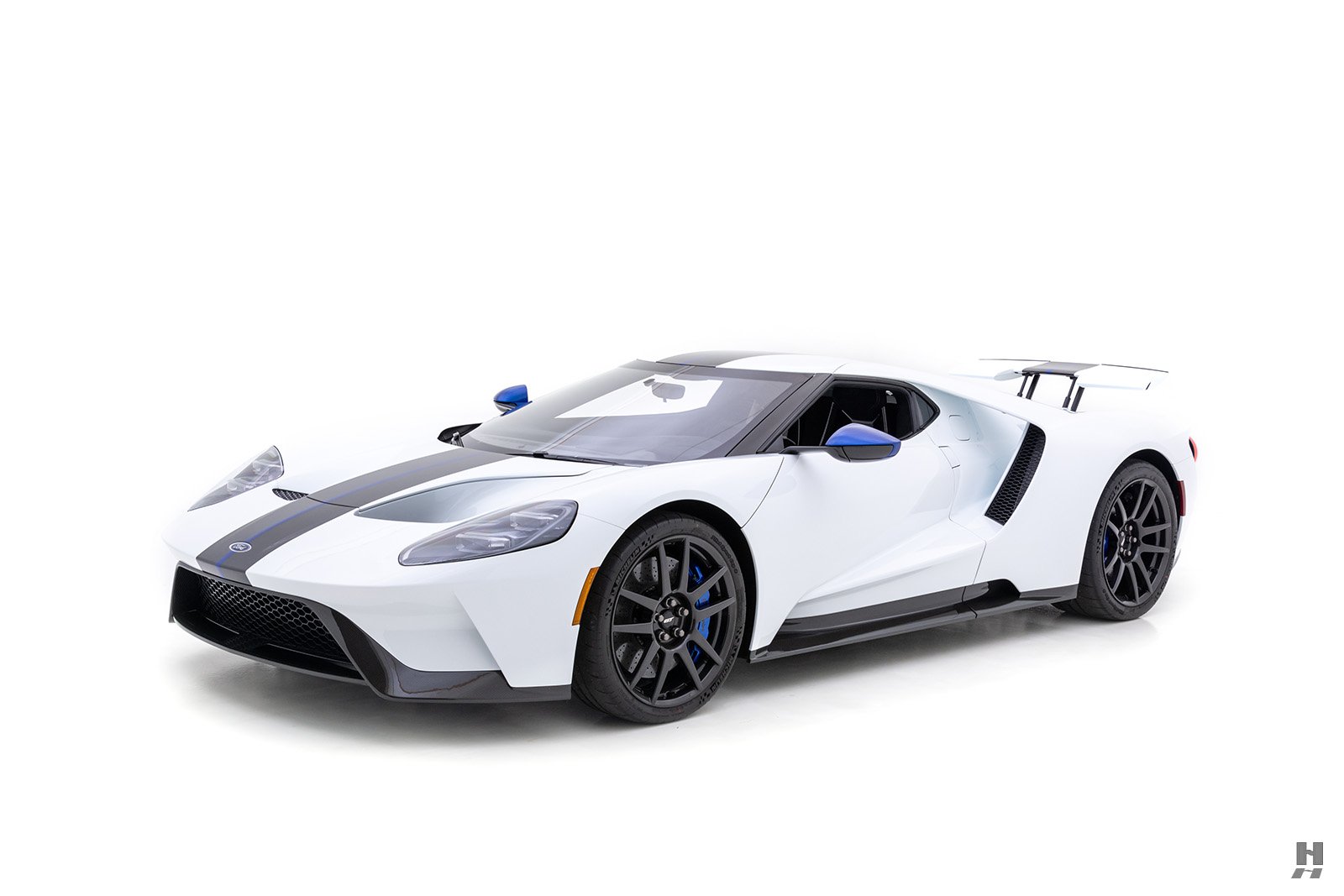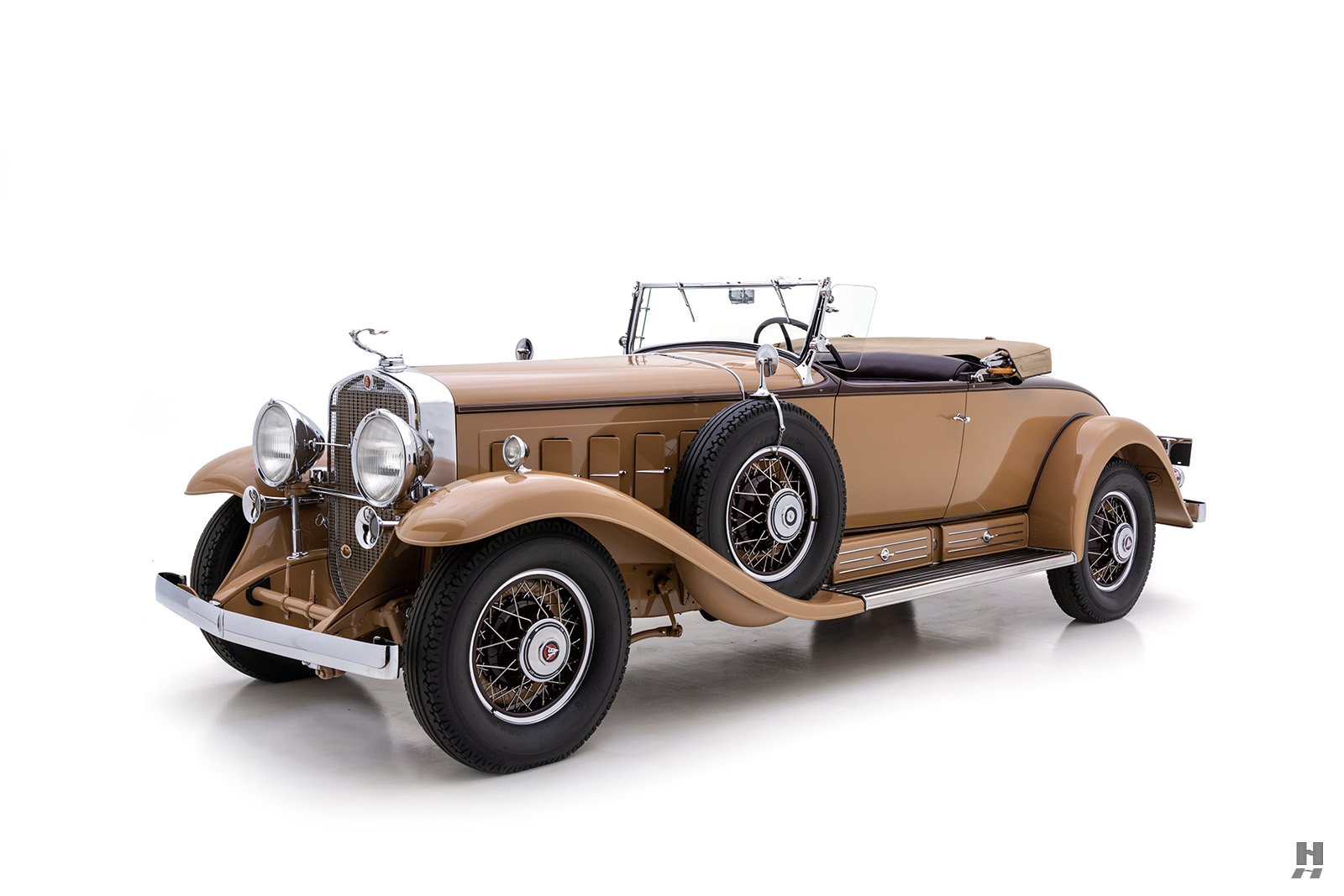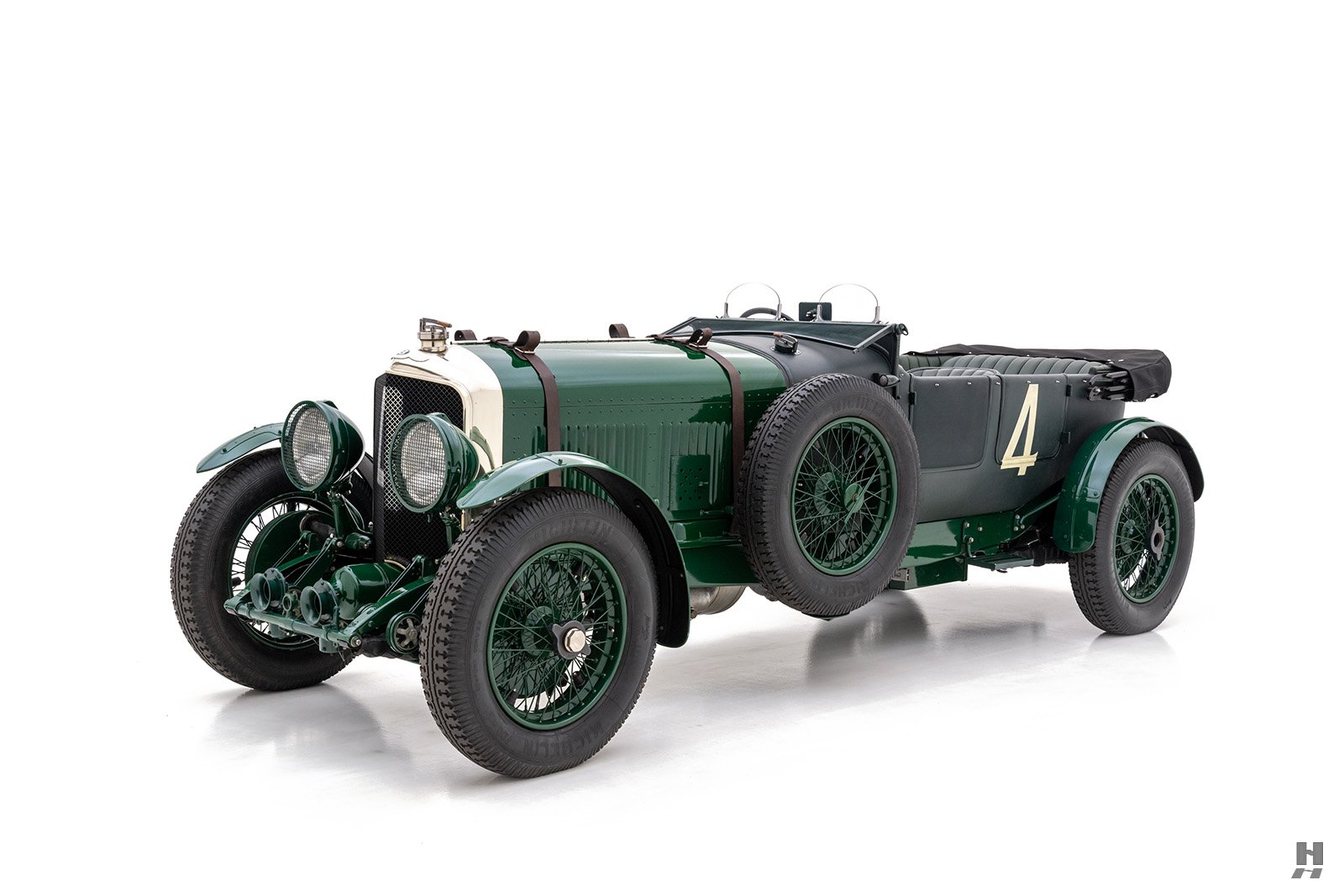Like a number of automobile companies that sprang up at the turn of the twentieth century, Waverley of Indianapolis, Indiana began as a manufacturer of bicycles. In its earliest form, the company built bikes under several different names (including Indiana Bicycle Company and American Bicycle Company) before turning to horseless carriages as part Colonel Albert Augustus Pope’s manufacturing empire. Pope had already owned Indiana Bicycle Company when he purchased the American Electric Vehicle Co. of Chicago and transferred the works to his Indianapolis-based bicycle company where he began production of the Waverley Electric. The earliest of these cars were light, simple runabouts the truest sense of the “horseless carriage”, but by 1902 Waverley began to offer more substantial four-seater bodies and larger chassis. From 1904 to 1908, the cars were known as “Pope-Waverley” and the range had expanded to include ten different models. At the bottom of the range lay the $850, 2-seat Road Wagon delivery vehicle, and at the top was a luxurious $2,250 Coupe complete with a special Edison battery.
By 1908, A.A. Pope’s vast business empire was beginning to falter and he sold off a great number of his interests, including Pope-Waverley Electric. A group of Indianapolis businessmen purchased the business and continued production as Waverley Co. They offered much of the same range, soon adding a model with a faux bonnet to resemble a petrol-powered car. Production lasted until about 1916, coinciding with the time electrics fell out of favor with consumers thanks to competition from self-starting petrol cars, which offered greater range and performance as well as ease of refueling. But Waverley’s legacy lives on in today’s high-tech full electric and plug-in hybrids, as we see electric cars coming full circle, well over a century later.
This charming Waverley Electric runabout is a very early example from the first known year of Waverley motorcar production in 1901. Starting with a complete and very sound original example, it has recently been treated to a careful cosmetic restoration and now presents in beautiful condition with fresh Brewster Green paint on the body, chassis, wings and wheels, with hand-painted coach stripes in contrasting red. It is the most basic of early automobiles, with simple tiller controls, and room for two atop a carriage chassis with the electric motor mounted centrally below the body.
Now well over a century old, this lovely motorcar is beautifully presented with glossy paint and freshly polished nickel plating on the tiller controls, coach lamps, and wheel hubs. Wood features heavily in the construction of the body, all of which was remarkably sound prior to restoration and now presents in excellent condition. It has been mechanically (and electrically) sorted and is quite enjoyable to drive while perched atop the freshly upholstered seat.
At first glance the Waverley is a humble, simple little horseless carriage, yet it represents much more than its simple appearance. This is a historically significant and influential machine, particularly as we witness the resurgent role electric automobiles are playing in the new car market. With luxurious new electrics from firms like Tesla, and more and more major auto manufacturers offering pure electrics, it is important to look back at the history of the electric car and credit companies such as Waverley for their pioneering work in the field. Looking back, it seems that this little runabout was vastly ahead of its time.
Sorry this car has been sold. Are you looking to buy or sell a car like this? Contact a representative
For immediate assistance please call us at +1-314-524-6000 or please fill out the following form and a member of our team will contact you.








